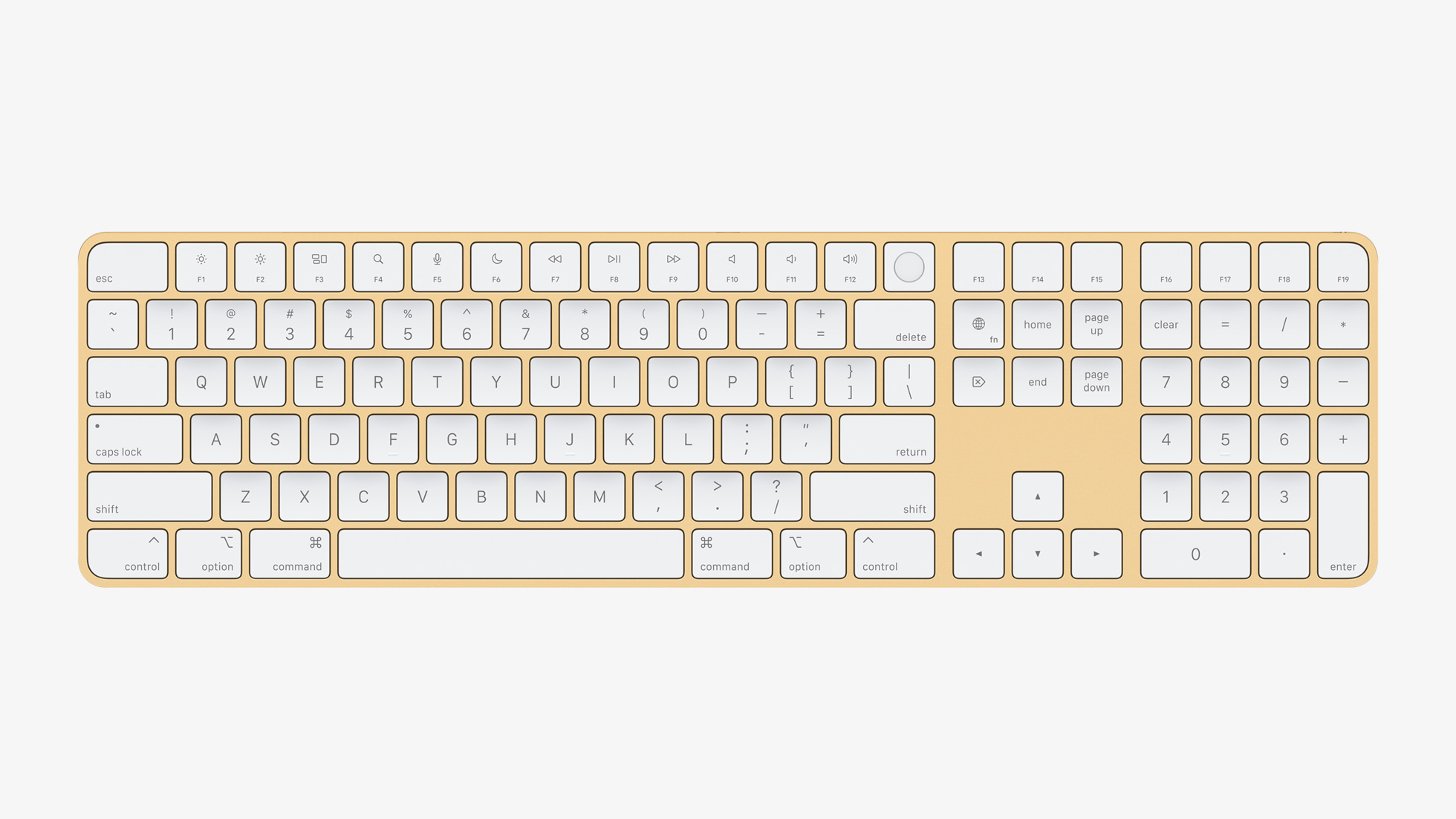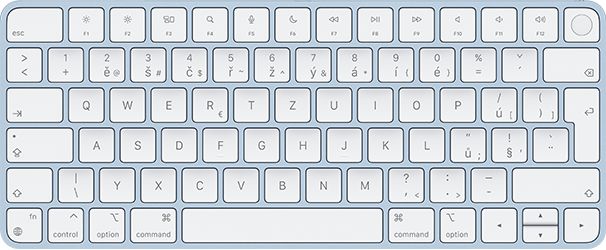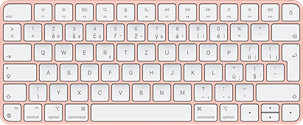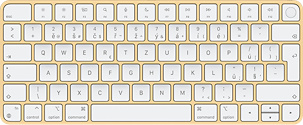The transition to Apple Silicon was a rather fundamental step for the Cupertino company, which shapes the shape of today's Apple computers and moves them significantly forward. After years of using processors from Intel, Apple is finally abandoning them and switching to its own solution in the form of chips based on the ARM architecture. They promise better performance and lower energy consumption, which in turn will result in better battery life for laptops. And exactly as he promised, he delivered.
It could be interest you
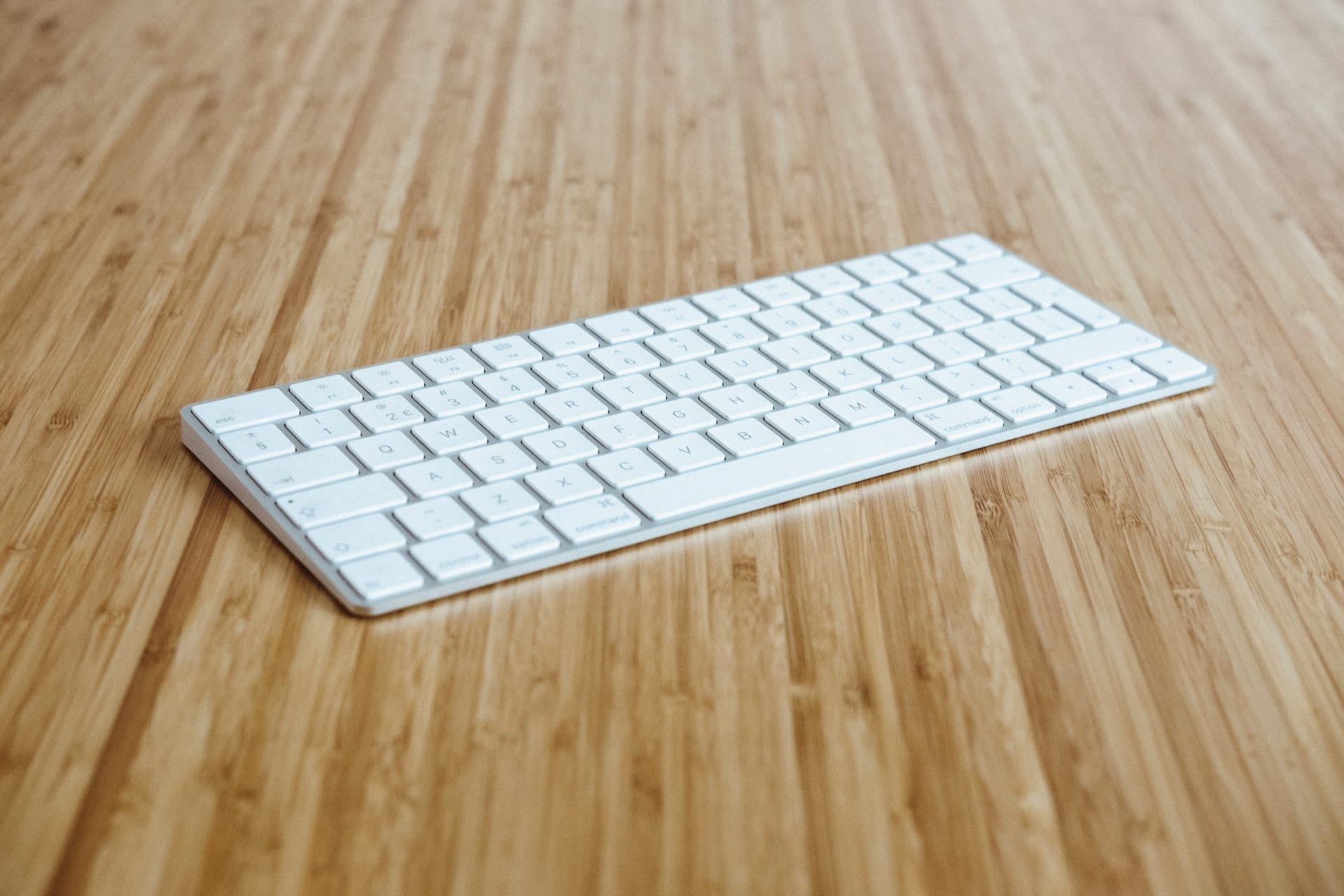
The entire transition to Apple Silicon started at the end of 2020 with the introduction of the MacBook Air, 13″ MacBook Pro and Mac mini. As the first desktop, the revised 24″ iMac (2021) applied for the floor, which also brought with it another interesting feature that many Apple fans have been calling for for years. We are, of course, talking about the Magic Keyboard wireless keyboard, but this time with Touch ID support. This is a rather great accessory, which is available in black and white. The keyboard is available in colors (for now) only with the purchase of the aforementioned iMac. In this case, both the iMac and the keyboard and TrackPad/Magic Mouse will be color-matched.
Magic Keyboard with Touch ID combined with Intel Mac
Although the keyboard itself works great, as well as the Touch ID finger reader itself, there is still one catch here that can be quite essential for some Apple users. In practice, the Magic Keyboard works like any other wireless Bluetooth keyboard. It can therefore be connected to any device with Bluetooth, regardless of whether it is a Mac or a PC (Windows). But the problem arises in the case of Touch ID itself, since this technology is functional only with Macs with an Apple Silicon chip. This is the only condition for the correct functionality of the fingerprint reader. But why can't Apple users use this great feature with their Intel Macs? Is the split justified, or is Apple simply motivating Apple fans to buy a newer Apple computer of the next generation?
The correct functionality of Touch ID requires a chip called Secure Enclave, which is part of Apple Silicon chips. Unfortunately, we do not find them on Intel processors. This is the main difference, which makes it impossible, probably for security reasons, to launch a wireless fingerprint reader in combination with older Macs. Of course, one thing can occur to someone. Why is this a deal breaker for a wireless keyboard when Intel MacBooks have had their own Touch ID button for years and work normally regardless of their architecture. In this case, the responsible component is hidden and is not talked about much anymore. And therein lies the main mystery.

Apple T2 on older Macs
In order for the aforementioned Intel Macs to have a fingerprint reader at all, they must also have a Secure Enclave. But how is this possible when it is not part of processors from Intel? Apple enriched its devices with an additional Apple T2 security chip, which is also based on the ARM architecture and offers its own Secure Enclave to improve the overall security of the computer. The only difference is that while Apple Silicon chips already contain the necessary component, older models with Intel require an additional one. Accordingly, it would appear that Secure Enclave is unlikely to be the main reason for the lack of support.
It could be interest you

In general, however, it can be said that newer Apple Silicon chips can reliably and securely communicate with Touch ID in the keyboard, while older Macs simply cannot offer such a level of security. This is certainly a shame, especially for iMacs or Mac minis and Pros, which do not have their own keyboard and can say goodbye to the popular fingerprint reader. Apparently, they will never receive support.
- You can buy Apple products, for example, at Alge, Mobile Emergency or u iStores
